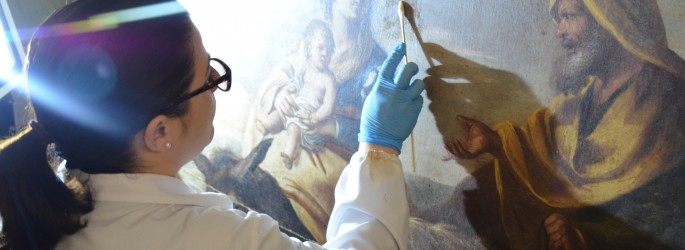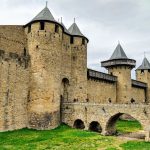Hidden Artisans of Rome: The Restoration Game
Written by Jaillan Yehia
Imagine trying to get job satisfaction when the best testament to the skill of your work is no-one having a clue you’ve done anything at all.
This bizarre ideal is the ultimate goal within the intense world of fine art conservation, as I learn while meeting a husband and wife art restoration team in Rome…
‘Being a good art restorer is just like being a talented cosmetic surgeon – you never want your work to be obvious.’
This is how Lycia Giola explains the specialist skill she and husband Alessandro Pavia possess, and which enables them to run a leading art restoration laboratory in Rome’s Centro Storico.
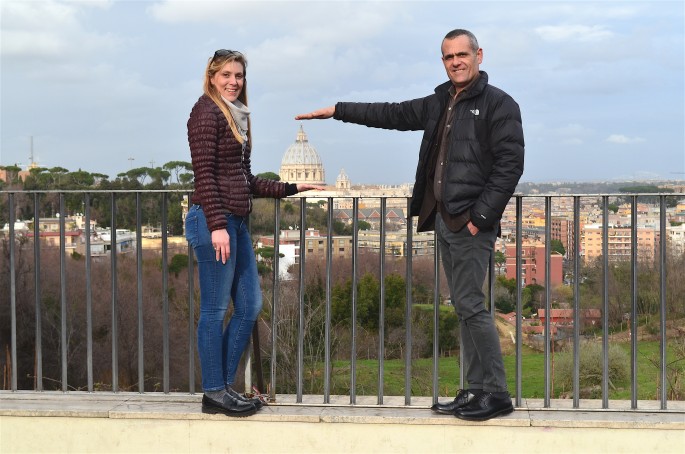
Alessandro and Lycia hold Rome’s historic artwork in their hands
In fact this married couple spend their days delicately fixing and painstakingly cleaning up every type of artwork imaginable, from 14th century panel paintings to contemporary pieces in a part of the city where every street is as pretty as picture itself.
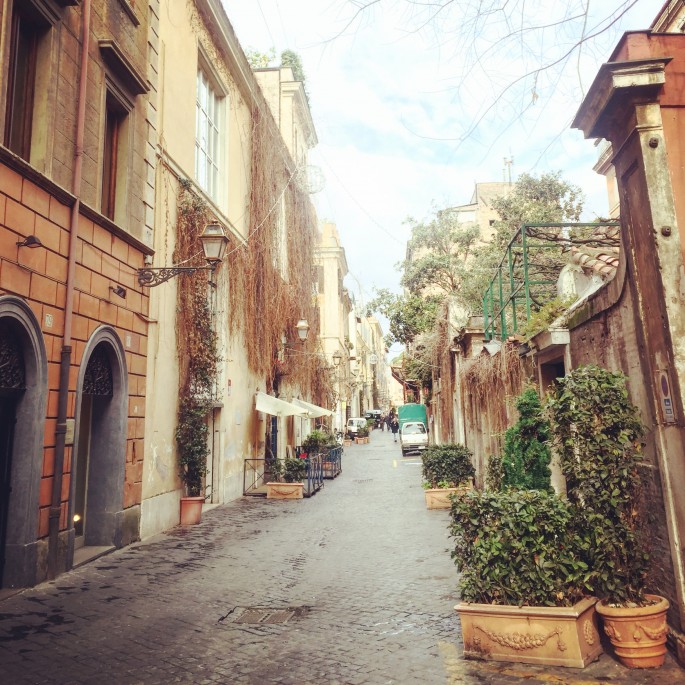
The streets outside Pavia Studio are as pretty as any picture
I’m given the plastic surgery analogy while the four of us – myself, Lycia and Alessandro along with their seven year old daughter – stare out at a view of Rome that looks even more like an oil painting than the streets below.
This view also comes with its own Mona Lisa-style optical illusion: from this spot outside the city, St. Peter’s famous dome appears to retreat the closer you get to it.
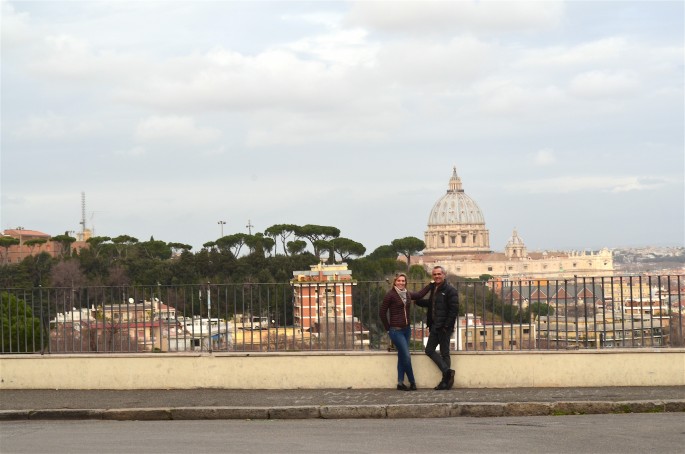
Check out the optical illusion: The further back you stand, the larger St. Peter’s appears. I risked being run over to get this shot!
This is a little local secret and there are zero tourists around, just us and the occasional passing car which has to wait as I get out of the middle of the road where I find the best spot to snap pictures.
It’s where the family often come to relax and unwind after a long day of intense and meticulous work, and it’s where they’ve chosen to bring me on a Sunday afternoon to tell me all about the life of an art restorer.
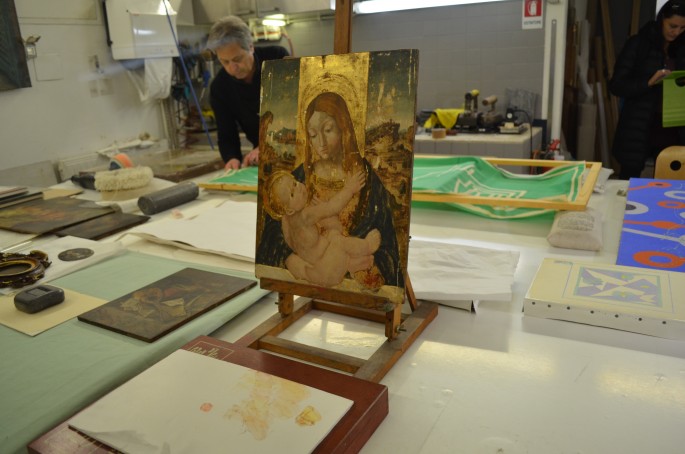
From modern art to ancient works at Pavia Restauro
‘We cannot rush our work,’ explains Lycia – ‘but the client is often rushing us and so we have to keep a balance – but always to keep our concentration.’
‘We work 25 hours a day and when I’ve been staring at something all day and I get home and close my eyes I still see the brush stokes and the details – even if I don’t want to,’ she adds with a smile.
Lycia’s English isn’t perfect but it’s pretty good due to old family ties to the UK and so she speaks for her husband as well – and explains how they met – a story far cuter than I was expecting from the scientific lab setting in which they spend their time.
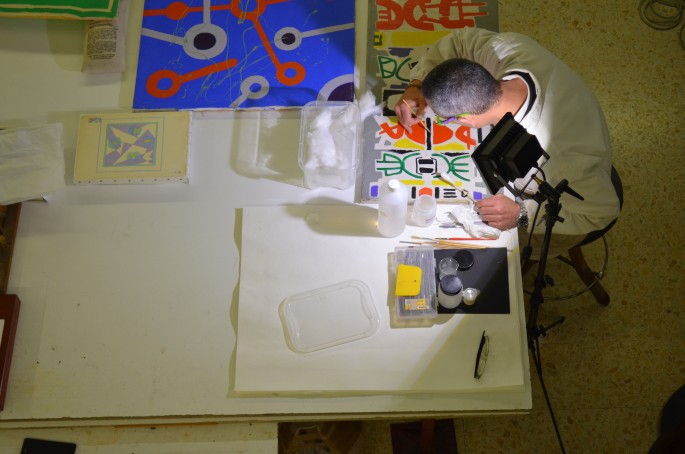
Alessandro at work inside the lab
Her father was a collector of contemporary art and her husband’s father worked as his restorer – and became her first restoration teacher.
It turns out that Lycia’s great grandfather was an art restorer too, but somehow this passion skipped a couple of generations in her own family; so she grew up fascinated with his story and vowed to learn the skill.
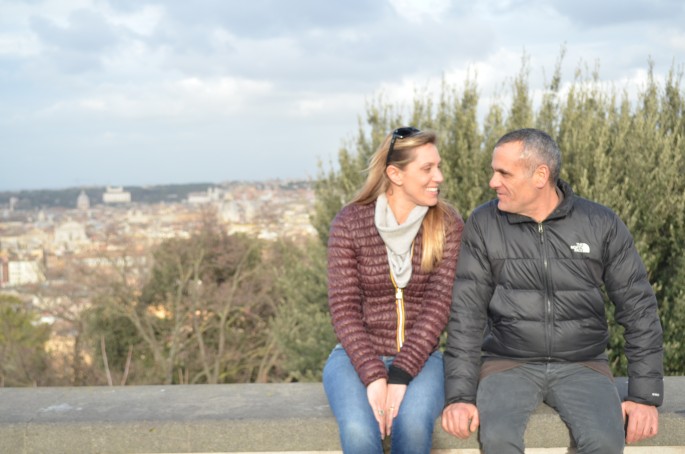
The couple at another favourite viewpoint
So really art restoration runs in both of your families I ask them? ‘I couldn’t have done anything else,’ she states simply.
Will either of their children follow in their footsteps I wonder?
Well not necessarily. Art restorers can pass down their knowledge she explains, but you have to have the physical gift if you want to be a restorer:
‘The important thing is not what products you are using but how you use your hands. You can have all the technical ability but if you have, (and here she can find only the Italian phrase) ‘Mal Dextro‘ you can’t do it,’ she says.
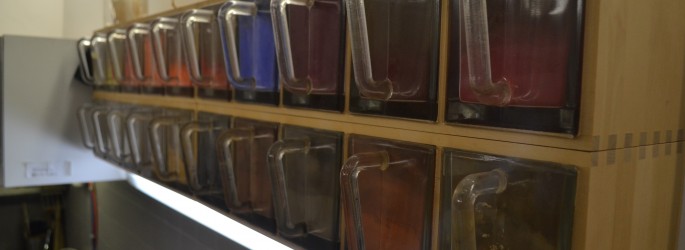
Knowing what to use and how to use it is key
Lycia explains that you have to be really adept at controlling the movement of your hands, which no amount of willingness can help with.
It’s something which any would-be guitar player would understand as they struggle to train their fingers to be nimble, though in the case of an instrument, a slip up will merely sound unpleasant, while in restoration a similar slip could ruin a priceless work of art forever.
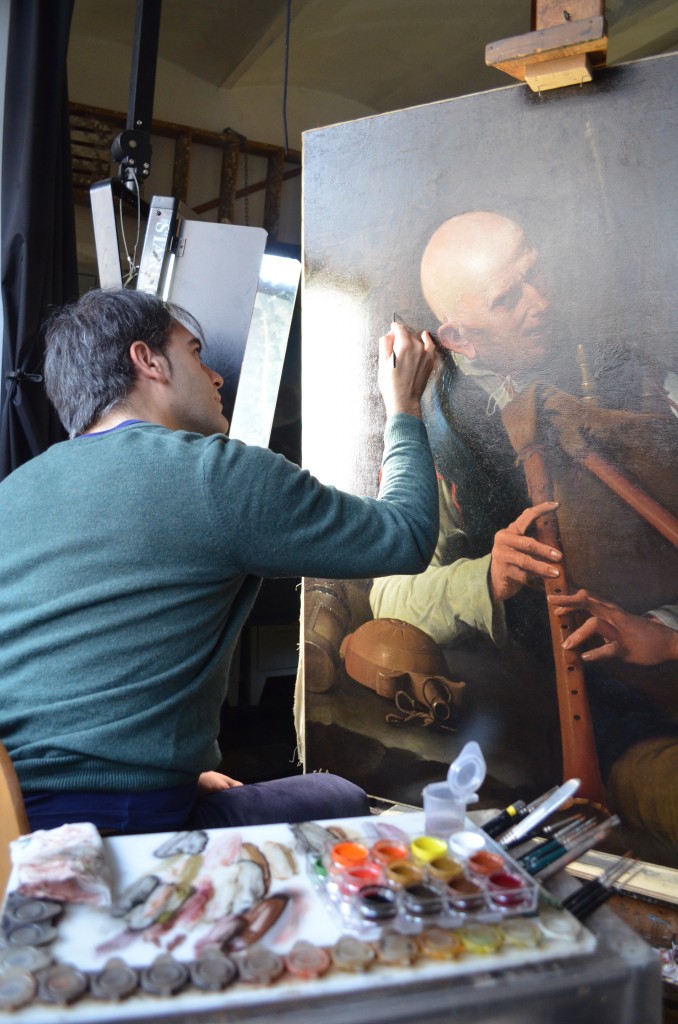
Art restoration in progress at Pavia Studio
It’s easy to think of art restorers as somehow different to normal people, living for high art and in a rarified world, but this couldn’t be further from the truth with the Pavia family: and something that does unite the whole family turns out to be Star Wars: they’re all massive Darth Vader fans.
And as well as being the year of a new Star Wars film, 2016 was a special time for Rome; the year of Holy Mercy – a unique religious jubilee making St Peter’s even more important than usual. I feel privileged to take in the views of the basilica with the family – though they tell me ‘in Rome we are lucky – we have 7 hills and so it’s easy to get a different panoramic view of the city.’
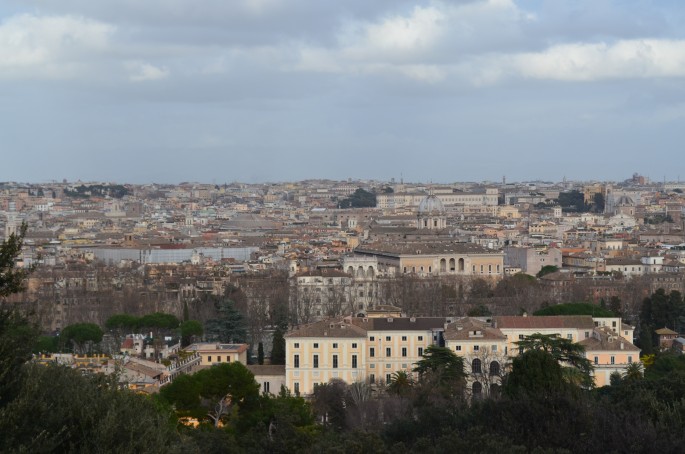
The view from Giancolo is much like an oil painting too
To illustrate the point, ever the visual perfectionists, they take me to another location – Gianicolo – and we talk more about the perceptions people have of art restoration.
‘What people think about our work is that you need patience and it’s absolutely true – if you have no patience you could never do this work. It is like being a surgeon – but you’re not creating anything so you actually don’t need to be creative.’
To keep the surgery analogy going it turns out the worst case scenario is that they are brought in someone else’s botched job, which they then have to undo: ‘you never want to be in the position of trying to correct somebody else’s mistake,’ they tell me.

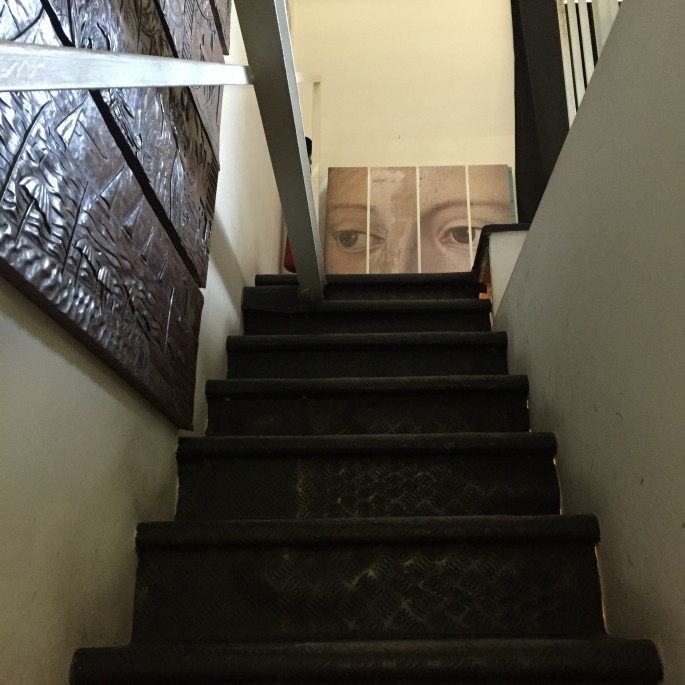
It’s all about the eyes in this line of work
I learn that removals are a key time when mistakes befall an artwork- canvases are ripped or broken by removal men using the wooden frame as a handle – and changes in temperature help dirt to soak into a painting leading to more insidious problems. Their job is to find the least invasive way to correct these issues.
‘We are always finding the less worse way,’ she tentatively explains. ‘Nothing is perfect you just have to discover the way that’s the least bad for the painting.’
And it gets more complex: ’There’s no one set of perfect conditions for art – one environment is right for acrylics another for watercolour,’ and their most recent extreme challenge was fixing a piece of modern art from 2010 that was left in a car in summer overnight and melted because it was made from wax-based paint.
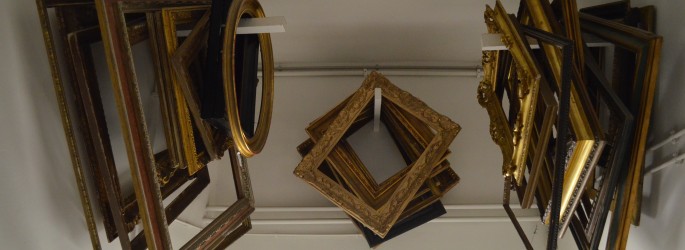
Behind the scenes
Just before we say goodbye Lycia tells me one more story of the city laid out below us; from this vantage point we can see the Villa Borghesi, and an old prison – ‘friends and relatives would come to this spot to shout messages to be people in the jail below, as from here the sound carried,’ she tells me as her husband and daughter play nearby.
She also points out the couple’s laboratory, and traces her finger across to point out their house too, conveniently just a short drive away.
Well if you spent 25 hours a day on the somewhat thankless task of work which aims to be totally and utterly invisible, you’d want an easy commute too.
More Info

Art restoration in Rome
Pavia Restauro is one of the most sought after art restoration studios in Rome – for more information about their services contact Lycia or Alessandro via their website.
Trackback from your site.

